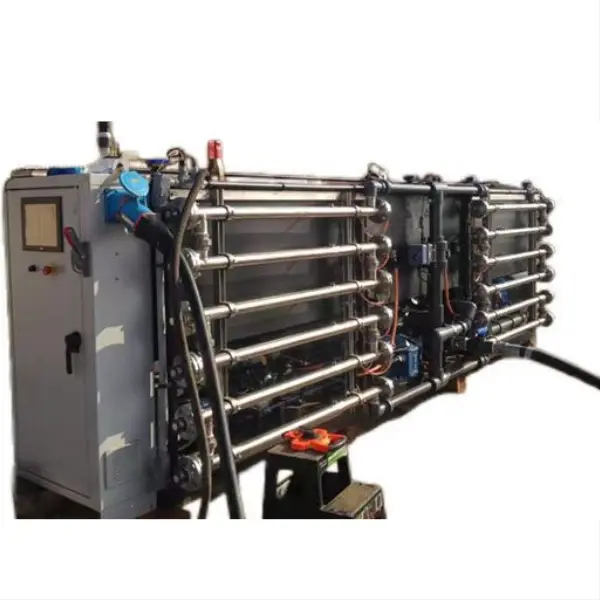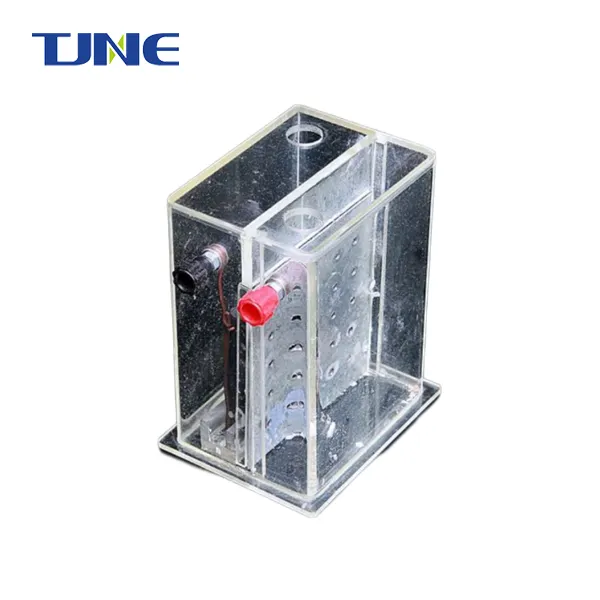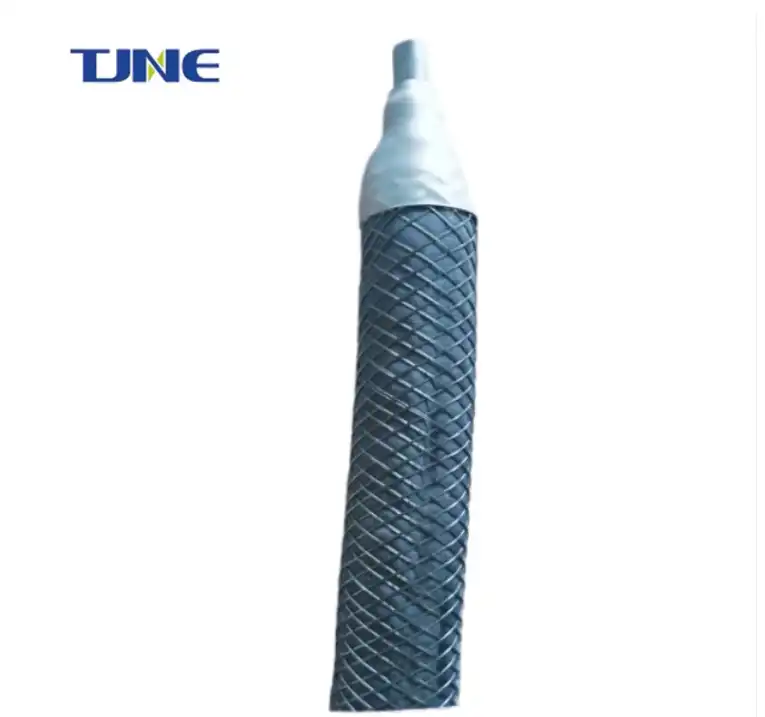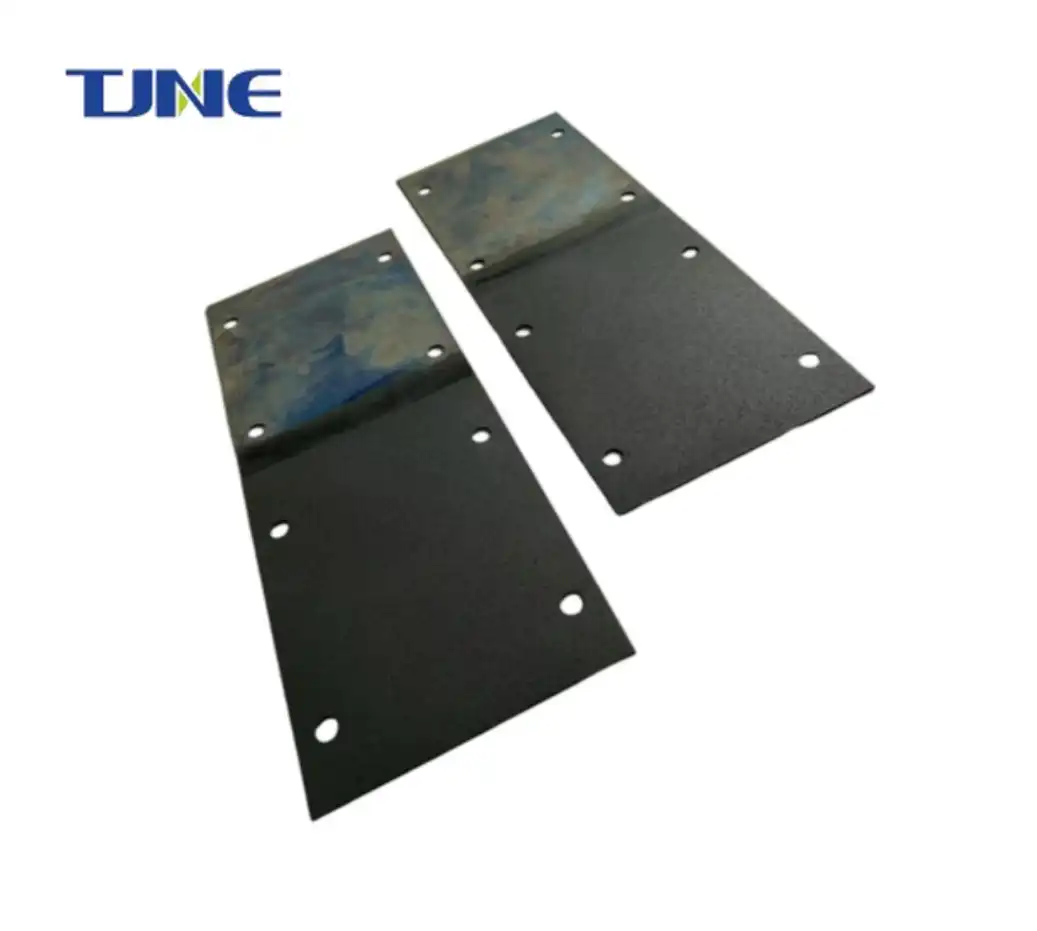- English
- French
- German
- Portuguese
- Spanish
- Russian
- Japanese
- Korean
- Arabic
- Greek
- German
- Turkish
- Italian
- Danish
- Romanian
- Indonesian
- Czech
- Afrikaans
- Swedish
- Polish
- Basque
- Catalan
- Esperanto
- Hindi
- Lao
- Albanian
- Amharic
- Armenian
- Azerbaijani
- Belarusian
- Bengali
- Bosnian
- Bulgarian
- Cebuano
- Chichewa
- Corsican
- Croatian
- Dutch
- Estonian
- Filipino
- Finnish
- Frisian
- Galician
- Georgian
- Gujarati
- Haitian
- Hausa
- Hawaiian
- Hebrew
- Hmong
- Hungarian
- Icelandic
- Igbo
- Javanese
- Kannada
- Kazakh
- Khmer
- Kurdish
- Kyrgyz
- Latin
- Latvian
- Lithuanian
- Luxembou..
- Macedonian
- Malagasy
- Malay
- Malayalam
- Maltese
- Maori
- Marathi
- Mongolian
- Burmese
- Nepali
- Norwegian
- Pashto
- Persian
- Punjabi
- Serbian
- Sesotho
- Sinhala
- Slovak
- Slovenian
- Somali
- Samoan
- Scots Gaelic
- Shona
- Sindhi
- Sundanese
- Swahili
- Tajik
- Tamil
- Telugu
- Thai
- Ukrainian
- Urdu
- Uzbek
- Vietnamese
- Welsh
- Xhosa
- Yiddish
- Yoruba
- Zulu
What Are the Benefits of Using Titanium Electrodes for Copper Electrodeposition?
Titanium electrodes for electrodeposition have emerged as a game-changing technology in the field of copper electrodeposition. These innovative electrodes offer numerous advantages over traditional materials, revolutionizing the efficiency and quality of copper plating processes. In this blog post, we'll explore the key benefits of using electrodeposited titanium electrodes for copper plating and delve into some frequently asked questions about this cutting-edge technology.
How does titanium electrode improve copper electrodeposition efficiency?
Titanium electrodes significantly enhance copper electrodeposition efficiency through several mechanisms. Firstly, titanium's excellent electrical conductivity ensures a uniform distribution of current across the electrode surface, resulting in more consistent copper deposition. This uniformity reduces the formation of "hot spots" or areas of excessive current density, which can lead to uneven plating or defects in the final product.
Moreover, the unique surface properties of titanium electrode contribute to improved efficiency. The coating process creates a highly porous and rough surface structure on the titanium electrode, dramatically increasing its effective surface area. This enlarged surface area allows for greater interaction between the electrode and the electrolyte solution, facilitating more efficient electron transfer and copper ion reduction.
The enhanced catalytic activity of titanium electrode also plays a crucial role in improving plating efficiency. The coating process can incorporate catalytic materials or create catalytic sites on the titanium surface, which lower the activation energy required for copper reduction. This catalytic effect accelerates the plating process, allowing for higher deposition rates without compromising quality.
Furthermore, titanium electrodes for electrodeposition exhibit excellent stability in the harsh chemical environment of copper electrodeposition baths. Unlike some traditional electrode materials, titanium resists corrosion and degradation, maintaining its performance over extended periods. This stability ensures consistent plating efficiency throughout the electrode's lifespan, reducing downtime and maintenance requirements.
The combination of uniform current distribution, increaselectrodeposition. Industries utilizing these electrodes often report significant improvements in plating speed, energy efficiency, and overall productivity.
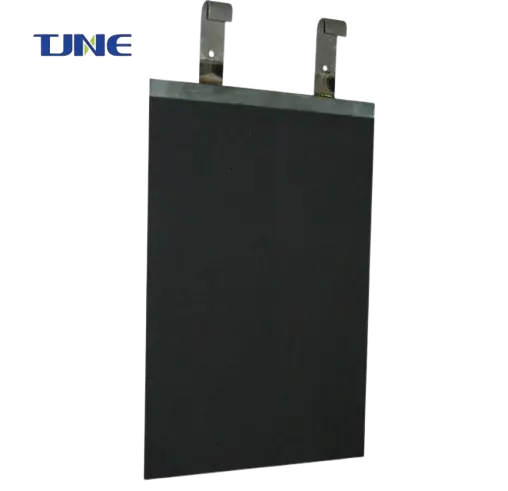
What are the advantages of using titanium electrodes over traditional materials in copper electrodeposition?
Titanium electrodes offer several distinct advantages over traditional materials like lead, stainless steel, or graphite in copper electrodeposition applications. These benefits stem from titanium's unique physical and chemical properties, as well as the specific characteristics imparted by the electrodeposition process.
One of the primary advantages is titanium's exceptional corrosion resistance. In the aggressive chemical environment of copper plating baths, which often contain strong acids and oxidizing agents, titanium forms a stable, protective oxide layer on its surface. This natural passivation allows titanium electrodes to withstand prolonged exposure to harsh conditions without significant degradation. In contrast, traditional materials like lead or stainless steel may corrode or contaminate the plating solution over time, leading to reduced performance and potential impurities in the copper deposit.
The durability of titanium electrodes translates into longer operational lifetimes and reduced maintenance requirements. While initial costs may be higher than some traditional materials, the extended lifespan and consistent performance of titanium electrodes often result in lower total cost of ownership over time. This durability is particularly valuable in high-volume or continuous plating operations where electrode replacement can be costly and disruptive.
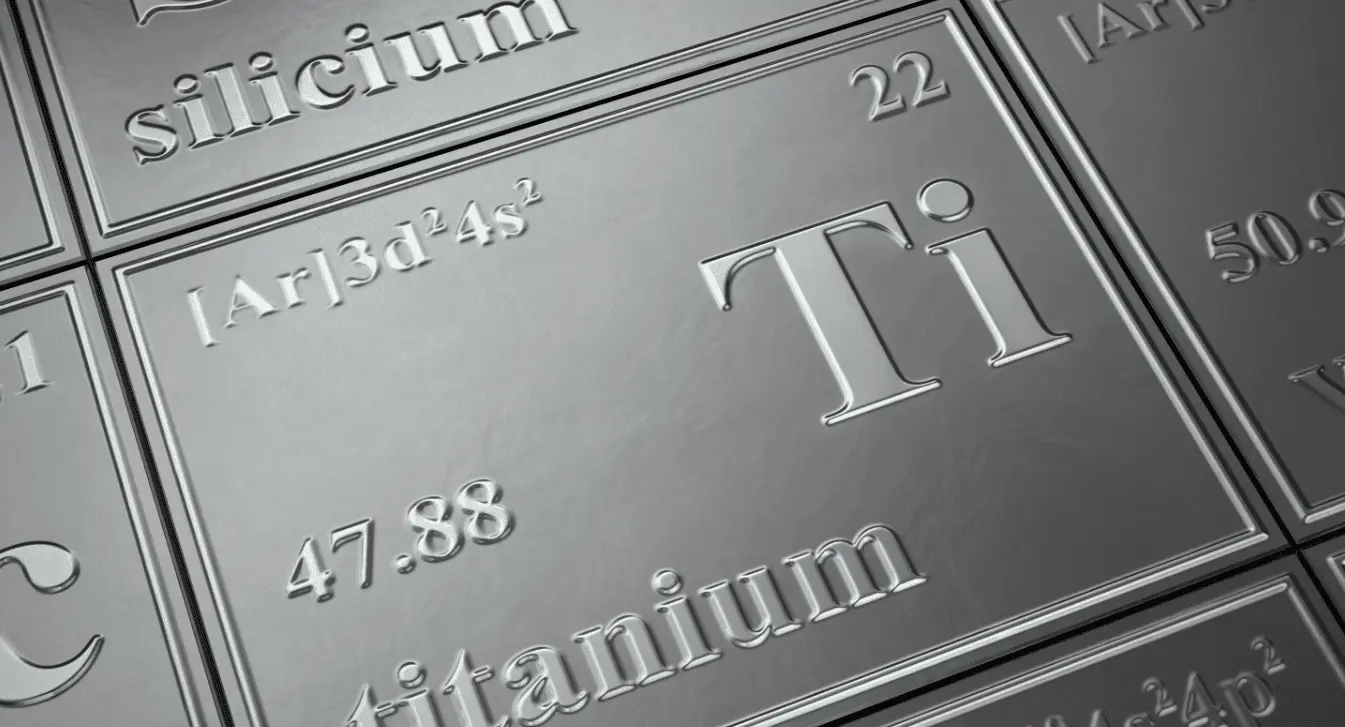
Another significant advantage of titanium electrodes is their lightweight nature compared to materials like lead. This reduced weight makes handling and installation easier, improving workplace safety and ergonomics. The lighter weight also allows for larger electrode designs without excessive structural support, potentially increasing plating capacity or enabling more compact plating cell configurations.
Titanium's excellent electrical conductivity is another key advantage. While not as conductive as copper itself, titanium offers superior conductivity compared to materials like graphite. This high conductivity ensures efficient current flow and reduces energy losses in the plating system. Titanium electrodes can achieve high current densities with minimal resistive heating, improving overall energy efficiency.
The environmental and health benefits of using titanium electrodes are also noteworthy. Unlike lead, which poses significant environmental and health risks, titanium is non-toxic and environmentally friendly. This makes titanium electrodes a more sustainable choice, aligning with increasing regulatory pressures and corporate sustainability goals in the plating industry.
Furthermore, the electrodeposition process allows for precise control over the electrode's surface properties. By adjusting deposition parameters, manufacturers can tailor the surface roughness, porosity, and even incorporate specific dopants or catalytic materials. This level of customization is difficult to achieve with traditional electrode materials and enables the optimization of titanium electrodes for specific copper electrodeposition applications or electrolyte compositions.
The combination of corrosion resistance, durability, lightweight properties, electrical conductivity, environmental friendliness, and customizability makes titanium electrodes a superior choice for many copper electrodeposition applications. As industries continue to seek improvements in efficiency, quality, and sustainability, the adoption of titanium electrodes is likely to increase.
How can titanium electrodes for electrodeposition enhance the quality of copper electrodeposition?
Titanium electrodes for electrodeposition play a crucial role in enhancing the quality of copper electrodeposition through various mechanisms. The unique properties of these electrodes contribute to improved deposit uniformity, reduced impurities, and better control over the plating process, ultimately resulting in higher-quality copper coatings.
One of the primary ways titanium electrodes for electrodeposition enhance electrodeposition quality is by promoting uniform copper deposition. The coating process creates a highly uniform surface on the titanium electrode, with consistent micro or nanostructures across its entire area. This uniformity, combined with titanium's excellent electrical conductivity, ensures an even distribution of current density during the plating process. As a result, copper ions are reduced and deposited more consistently across the substrate, minimizing thickness variations and reducing the risk of nodular growth or dendritic formations.

The increased surface area of titanium electrodes for electrodeposition also contributes to improved electrodeposition quality. The porous, high-surface-area structure allows for better mass transfer of copper ions to the stainless steel surface. This enhanced mass transfer helps maintain a consistent ion concentration near the electrode, even at high current densities. Consequently, the electrodeposition process becomes less diffusion-limited, allowing for higher electrodeposition rates without sacrificing deposit quality. This is particularly beneficial for achieving high-quality copper deposits.
Another significant quality enhancement comes from the reduction of impurities in the copper deposit. Titanium's excellent chemical stability means it doesn't react with or contaminate the plating solution, unlike some traditional electrode materials. For example, lead anodes can slowly dissolve in certain plating baths, introducing lead ions that may co-deposit with copper and compromise the purity and properties of the final coating. Titanium electrodes for electrodeposition eliminate this source of contamination, resulting in higher-purity copper deposits with improved electrical and mechanical properties.
The catalytic properties of titanium electrodes for electrodeposition can also contribute to enhanced electrodeposition quality. By lowering the activation energy for copper reduction, these electrodes can promote the formation of smaller, more numerous nucleation sites during the initial stages of electrodeposition. This results in a finer-grained copper deposit with improved mechanical properties, such as higher hardness and wear resistance.
Furthermore, the stability and predictable behavior of titanium electrodes allow for better process control. Unlike electrodes that degrade or change properties over time, titanium electrodes maintain consistent performance throughout their lifespan. This stability enables more precise control over electrodeposition parameters, such as current density and deposition rate, leading to more reproducible results and higher overall quality consistency.
The use of titanium electrodes also enables better control over deposit stress. By optimizing the electrode's surface morphology through the electrodeposition process, manufacturers can influence the growth pattern of the copper deposit.
In applications requiring complex geometries or deep recesses, titanium electrodes can be particularly beneficial. Their customizable surface properties and uniform current distribution help achieve more consistent thickness and coverage in hard-to-reach areas.
Lastly, the environmental benefits of using titanium electrodes indirectly contribute to electrodeposition quality. As regulations on hazardous materials become stricter, the use of environmentally friendly titanium electrodes can help electrodeposition operations maintain compliance without compromising on quality.
In conclusion, titanium electrodes for electrodeposition enhance the quality of copper electrodeposition through multiple mechanisms, including improved uniformity, reduced impurities, better process control, and the ability to tailor surface properties. As the demand for high-performance copper continues to grow across various industries, the adoption of these advanced electrodes is likely to play an increasingly important role in achieving superior electrodeposition quality.
If you are interested in the products of Xi'an Taijin New Energy & Materials Sci-Tech Co., Ltd., please contact yangbo@tjanode.com.
References:
1. Walsh, F. C., & Ponce de León, C. (2014). A review of the electrodeposition of metal matrix composite coatings by inclusion of particles in a metal layer: an established and diversifying technology. Transactions of the IMF, 92(2), 83-98.
2. Lacnjevac, U. Č., Jović, B. M., Jović, V. D., & Krstajić, N. V. (2013). Kinetics of the hydrogen evolution reaction on Ti/(RuO2–TiO2) electrodes in alkaline solutions. Journal of Electroanalytical Chemistry, 704, 216-225.
3. Low, C. T. J., Wills, R. G. A., & Walsh, F. C. (2006). Electrodeposition of composite coatings containing nanoparticles in a metal deposit. Surface and Coatings Technology, 201(1-2), 371-383.
4. Kasturibai, S., & Kalaignan, G. P. (2014). Characterization of electrodeposited copper-titanium nanocomposite coatings. Materials Chemistry and Physics, 147(3), 1042-1048.
5. Senna, L. F., Achete, C. A., Hirsch, T., & Freire, F. L. (1997). Structural, chemical, mechanical, and corrosion resistance characterization of TiCN coatings prepared by physical vapor deposition. Surface and Coatings Technology, 94, 390-397.
6. Xue, Y. J., Jia, X. Z., Zhou, Y. W., Ma, W., & Li, J. S. (2006). Tribological performance of Ni-CeO2 composite coatings by electrodeposition. Surface and Coatings Technology, 200(20-21), 5677-5681.
7. Loto, C. A. (2016). Electrodeposition of zinc from acid-based solutions: A review and experimental study. Journal of Materials and Environmental Science, 7(6), 2135-2140.
8. Gabe, D. R. (1997). The role of hydrogen in metal electrodeposition processes. Journal of Applied Electrochemistry, 27(8), 908-915.
9. Paunovic, M., & Schlesinger, M. (2006). Fundamentals of electrochemical deposition (Vol. 45). John Wiley & Sons.
10. Schlesinger, M., & Paunovic, M. (Eds.). (2011). Modern electroplating (Vol. 55). John Wiley & Sons.
Related Industry Knowledge
- How Does Electrodeposition Enhance Titanium Electrodes for Nickel-Cobalt Applications?
- How Do Electrodeposited Titanium Electrodes Contribute to the Innovation in Cobalt Plating Technology?
- Are There Environmental Benefits to Using Electrodeposited Titanium Electrodes for Copper Plating?
- What is the Cost-Effectiveness of Using Electrodeposited Titanium Electrodes in Zinc Plating?
- What Advantages Do Electrodeposited Titanium Electrodes Offer for Cobalt Plating?
- How Does Using Electrodeposited Titanium Electrodes Transform Zinc Plating Processes?
- Can Titanium Anodes Revolutionize Zinc Electrodeposition?






